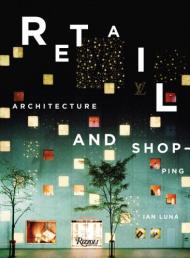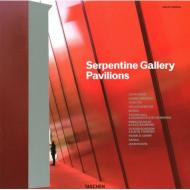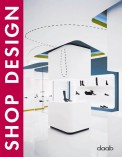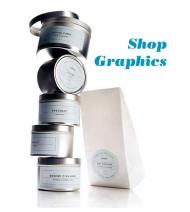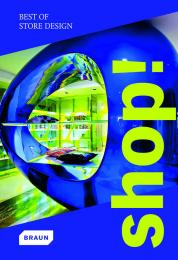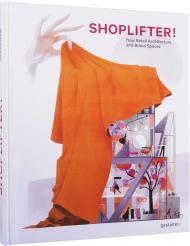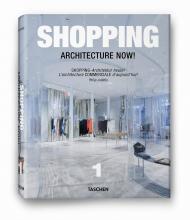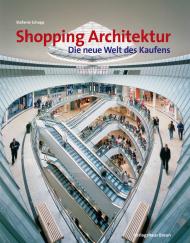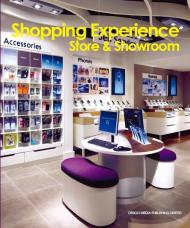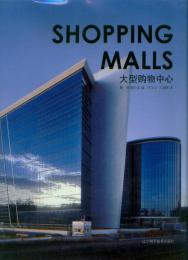Let's talk shop!
The latest volume in the world's most successful architecture series
Shops are the one place where the stars of the world of architecture, from David Adjaye to Rem Koolhaas and Zaha Hadid encounter the people who make the world of design turn, from Jurgen Bey to Tom Dixon, Ingo Maurer, or Philippe Starck. This book is full of the most recent retail spaces in the world, ranging from astonishing shopping centers by Daniel Libeskind or the young Swiss firm HHF to interactive store windows or a tiny jewel-like chocolate store in the heart of Paris. A pop-up store for Dr. Martens shoes, a unique newsstand designed for London by Thomas Heatherwick or flagship stores for the likes of Armani, Balenciaga, or Joseph are all part of what makes Retail Architecture one of the most exciting and dynamic areas of contemporary creativity. Apple computers, Uniqlo clothes, or Nike shoes can all be found here in a spirit of perfect harmony with the best that today's architecture and design can offer. Books, jewelry, fine foods and handbags are glorified and amplified by glass, steel, and the latest, most sophisticated techniques in design and branding. This is where Peter Marino meets Karl Lagerfeld, and where Yoshioka Tokujin breaths life into Hermès scarves. Ephemeral by design in many cases, Shopping Architecture Now! is also the place where the makers of dreams finally find a solid home.
Featured architects and practices include:
David Adjaye, APA, Christian Biecher, BCJ, Campaign, Arthur Casas, Colli + Galliano, Concrete, Tom Dixon, Edith Edition, Carlos Ferrater, FOA, Massimiliano Fuksas, Gonzalez-Foerster, Zaha Hadid, Heatherwick, HHF, Sophie Hicks, Junya Ishigami, Lok Jansen, Jouin Manku, Klein Dytham, Kengo Kuma, Olivier Lempereur, Leong Leong, Daniel Libeskind, Liganova, Makkink & Bey, Mapt Associates, Peter Marino, Ingo Maurer, Richard Meier, Moatti & Rivière, OMA, PARA-Project, Puresang, Arne Quinze, Francesc Rifé, SANAA, Chikaro Ohno Sinato, Philippe Starck, Suppose Design Office, Tacklebox, Threefoldarchitects, Matteo Thun, Yoshioka Tokujin, UNStudio, Vaillo Irigary Galar, Marcel Wanders, Isay Weinfeld, Wonderwall
Featured retail facilities include: Armani, Apple, Balenciaga, Hugo Boss, Camper, Chanel, Patrick Cox, Diesel, Droog, Dr. Martens, Fauchon, Fendi, Hermès, Derek Lam, Phillip Lim, Stella McCartney, Issey Miyake, Nike, Prada, Uniqlo, Van Cleff & Arpels, Vertu, Vodaphone, Yohji Yamamoto, YSL, Ermenegildo Zegna, and many more
The author:
Philip Jodidio studied art history and economics at Harvard, and edited Connaissance des Arts for over 20 years. His books include TASCHEN's Architecture Now! series, and monographs on Tadao Ando, Norman Foster, Richard Meier, Jean Nouvel, and Zaha Hadid. He is internationally renowned as one of the most popular writers on the subject of architecture.
